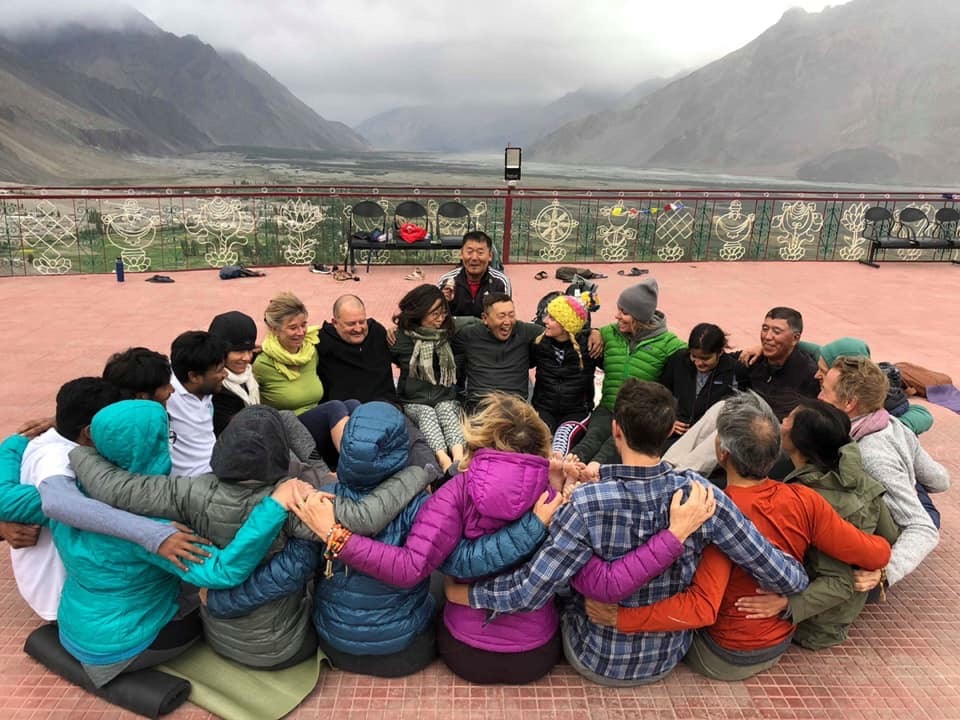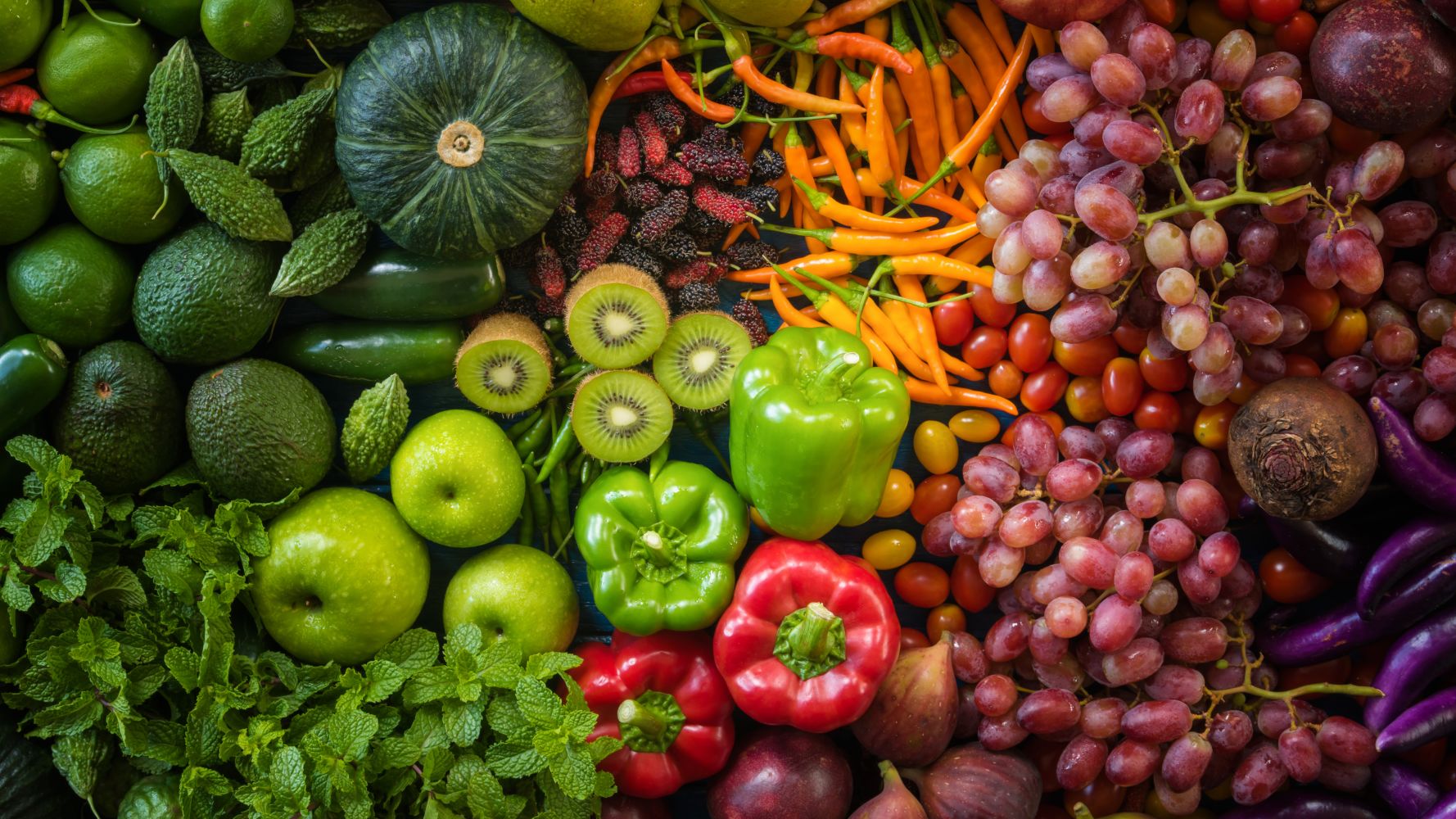Hot, sharp, and intense. These are the most dominant qualities of the summer season according to Ayurveda, one of the oldest healing systems in the world. This summer is no different, and depending on where you live, you may have already seen record breaking temperatures this year. Depending on your constitution (dosha in Sanskrit) you may be loving the heat or trying to escape it.
Ayurveda encourages us to live in harmony with the cycles of nature and seek balance with it. Just as eating warming and heavier foods in winter can be beneficial, eating lighter and more cooling foods in summer helps us create a greater personal harmony, which radiates through our lives and beyond.
Some of the best cooling foods grow in abundance during the summer months. Fruits, melons, cucumbers, leafy greens, and fresh herbs to name a few. According to both Ayurveda and Chinese medicine, meats are more heating while legumes and grains, such as rice, are more cooling. Fresh dairy, coconut, and avocado are also recommended as well as plenty of water and hydrating liquids. Food and drinks that are heating and dehydrating should be avoided such as alcohol, caffeine, and spicy, heavy foods. Summer is the time to savor the sweet, bitter, and astringent flavors which are found in the fresh vegetables and fruits of the season.
Heat is one of the most intense experiences humans have, and it hits everyone a little differently. If you are seeking some ways to stay cooler and calm your mind and heart this summer, give these recipes a try.
Kitchari Burgers
Kitchari, a staple food of Ayurveda, is a one-pot meal of well cooked mung beans and basmati rice, with spices that aid in digestion and pack flavor. There are many variations to the classic recipe that include seasonal vegetables, different legumes, and spices. This is a basic recipe adapted from The Ayurvedic Institute. Once made, it can be enjoyed as a morning porridge or shaped into burgers for a light summer meal.
Ingredients
- ½ cup basmati rice, rinse well
- 1 cup split mung beans or yellow lentils, rinse well
- 6 cups water
- 1/2 -1 inch piece of ginger, grated
- 2 tablespoons of ghee or coconut oil
- ½ teaspoon cumin seeds
- ½ teaspoon coriander seeds
- ½ teaspoon fennel seeds
- ½ teaspoon turmeric powder
- ½ cup sweet onion, chopped
- ½ cup carrot, diced
- 1 cup kale, chopped
- ¼ cup cilantro leaves, chopped
- 1-2 tablespoons lime juice
- 1 tablespoon sea salt or kosher salt
Preparation
- In a large soup pot over medium-high heat, add the oil, onions, and seeds. Stir occasionally until fragrant and the onions are getting translucent.
- Add the water, rice, and legumes and bring to a boil. Once boiling, reduce to simmer and cover cooking another 20-25 minutes until both rice and legumes are tender.
- While the rice and beans are cooking, prepare the vegetables and herbs. Once the beans and rice are tender, stir in the vegetables, turmeric, lime juice, and salt. Simmer, stirring occasionally, another 10-15 minutes until the carrots are tender.
- At this point, you can remove the kitchari from the heat and stir in the cilantro leaves.
For Burgers
- 4 cups of kitchari, cooled
- 2 tablespoons of nutritional yeast
- 1 egg (or egg replacer)
- 1 tablespoon of ghee or coconut oil
Preparation
- Whisk the egg in a medium bowl. Add the cooled kitchari and nutritional yeast, mixing well.
- In a large skillet over medium-high heat, melt the oil.
- Form the kitchari mix into golf ball sized balls and then flatten out between your hands.
- Place patties in the heated oil, letting the bottom become toasted. Flip the patties, reduce the heat to low, and cover. Cook for another 5 minutes then turn the heat off. Let them sit for a few minutes so the residual heat in the pan cooks the egg completely.
- Serve and enjoy!
















